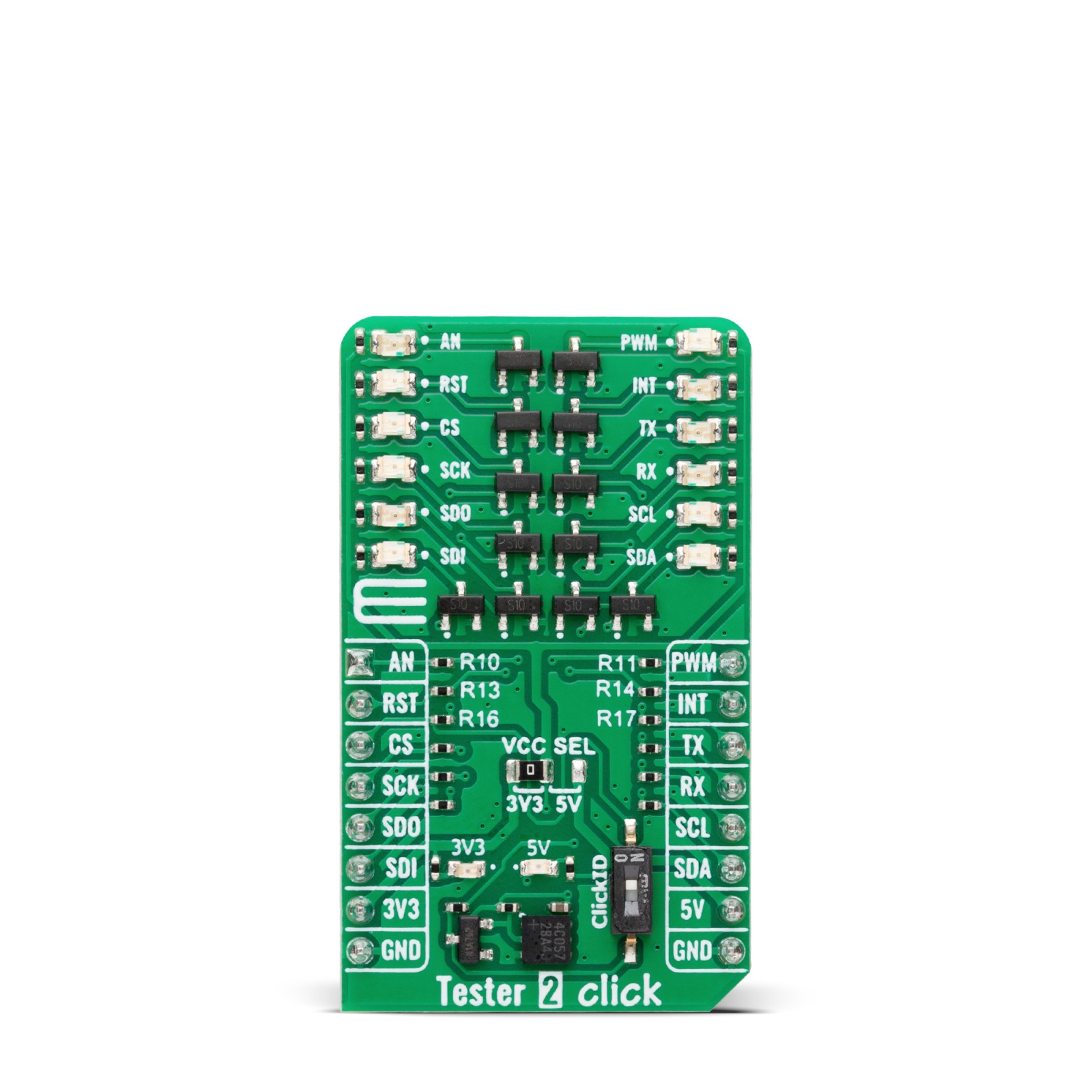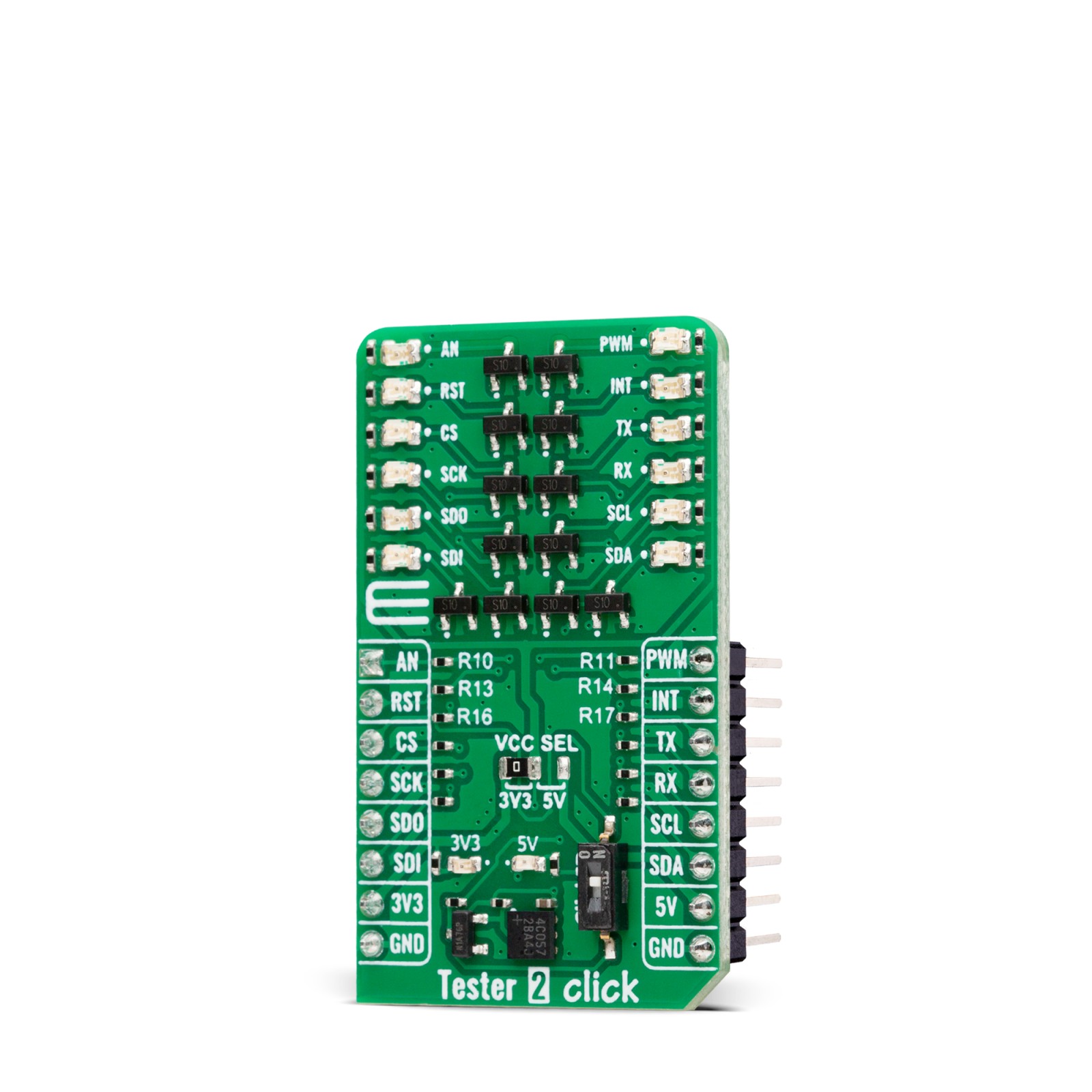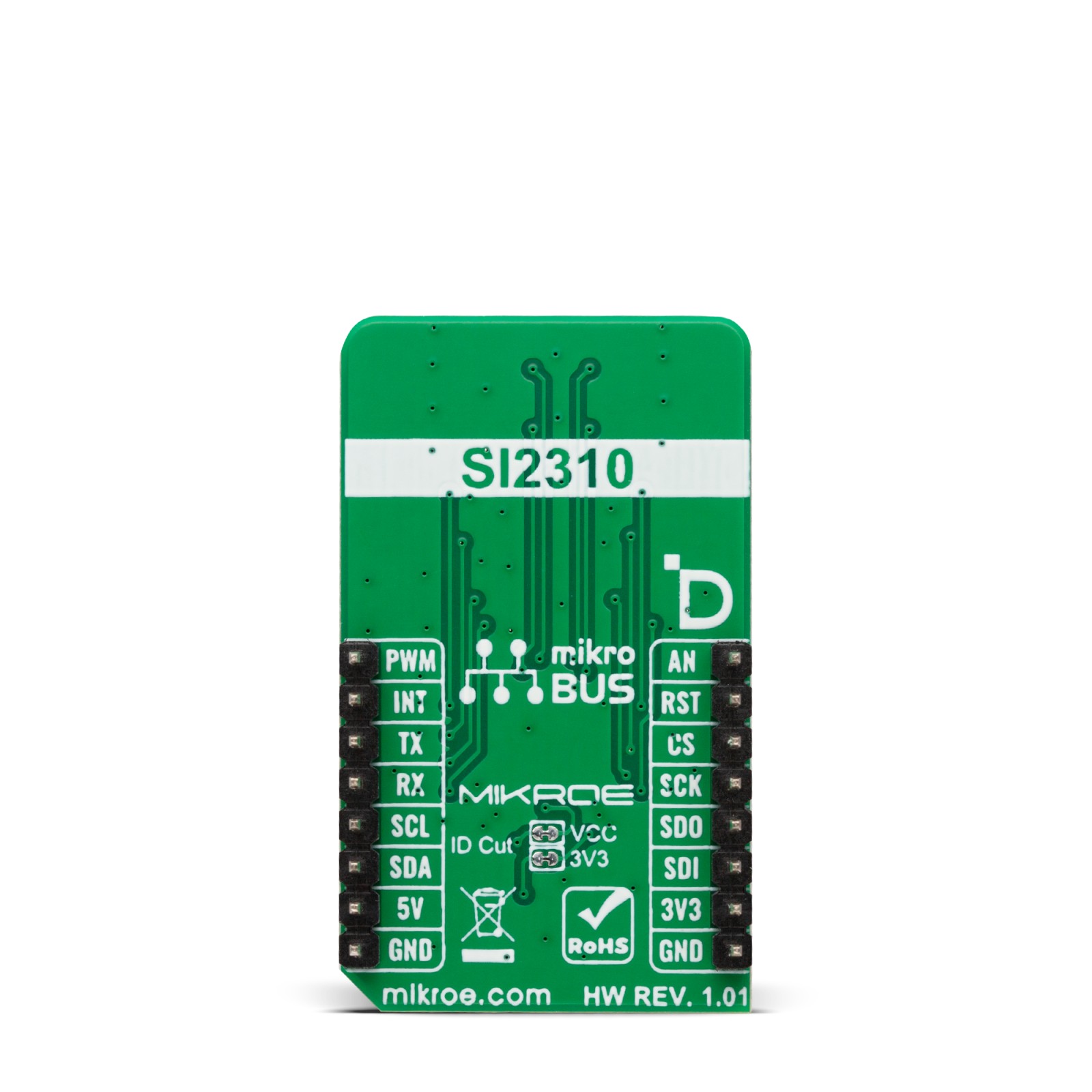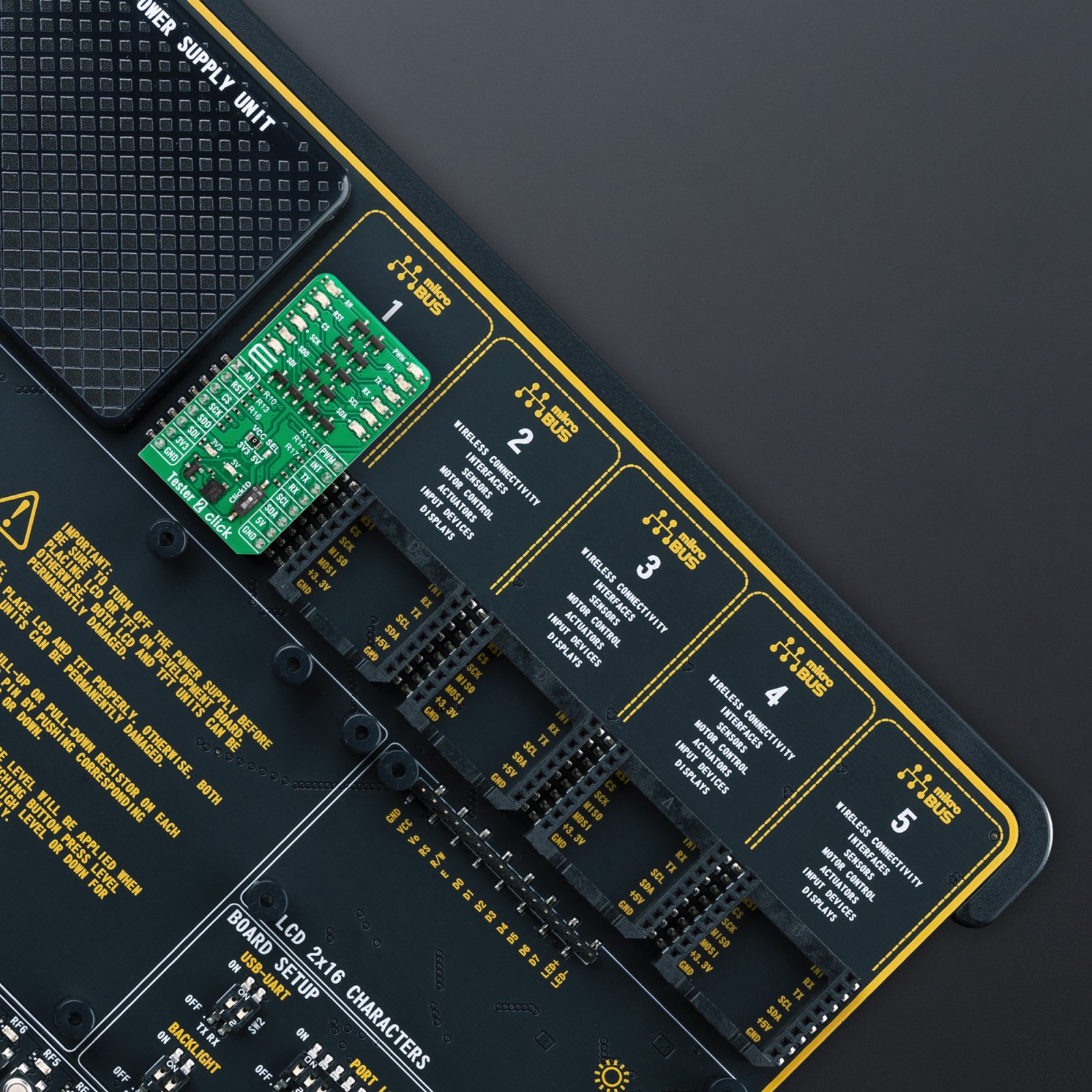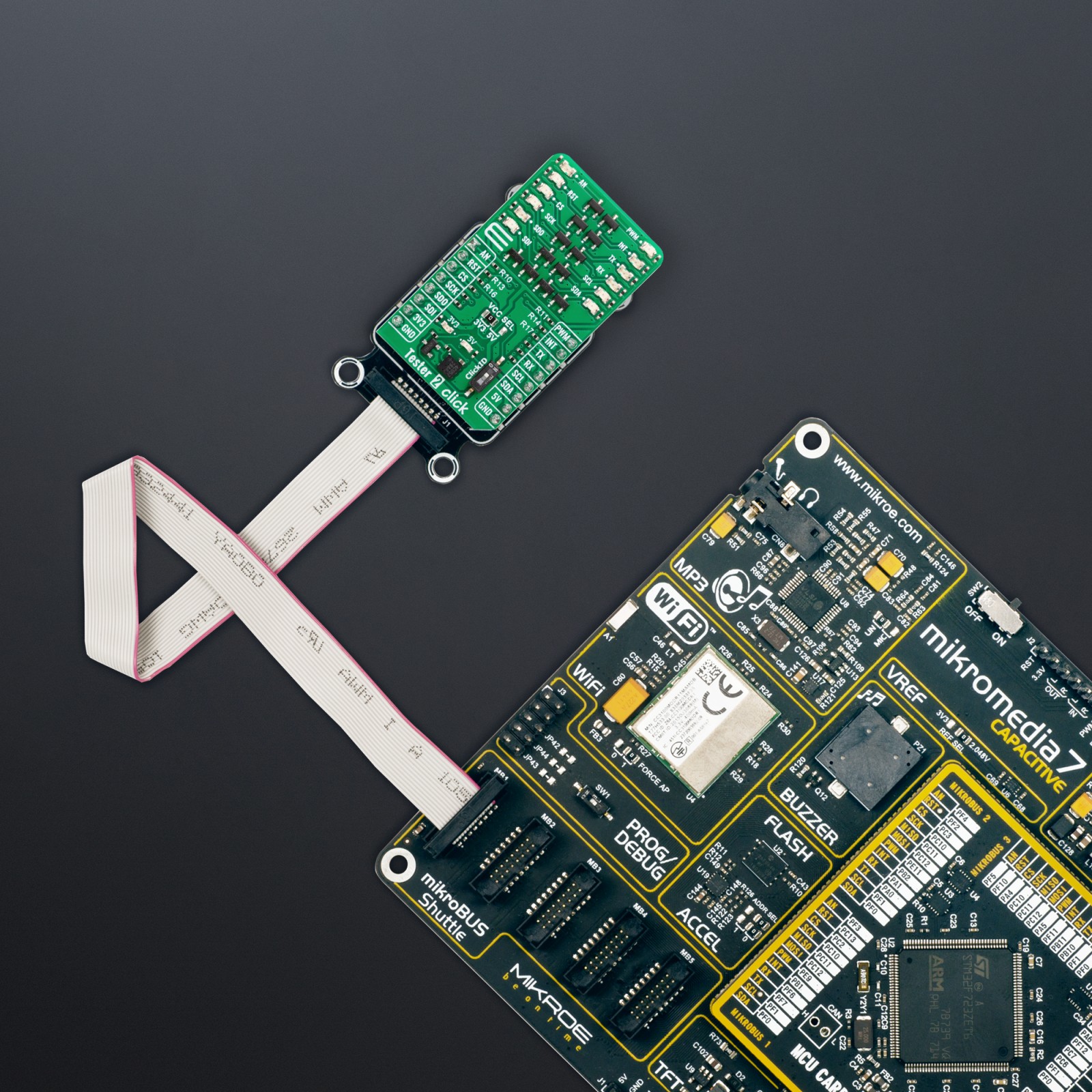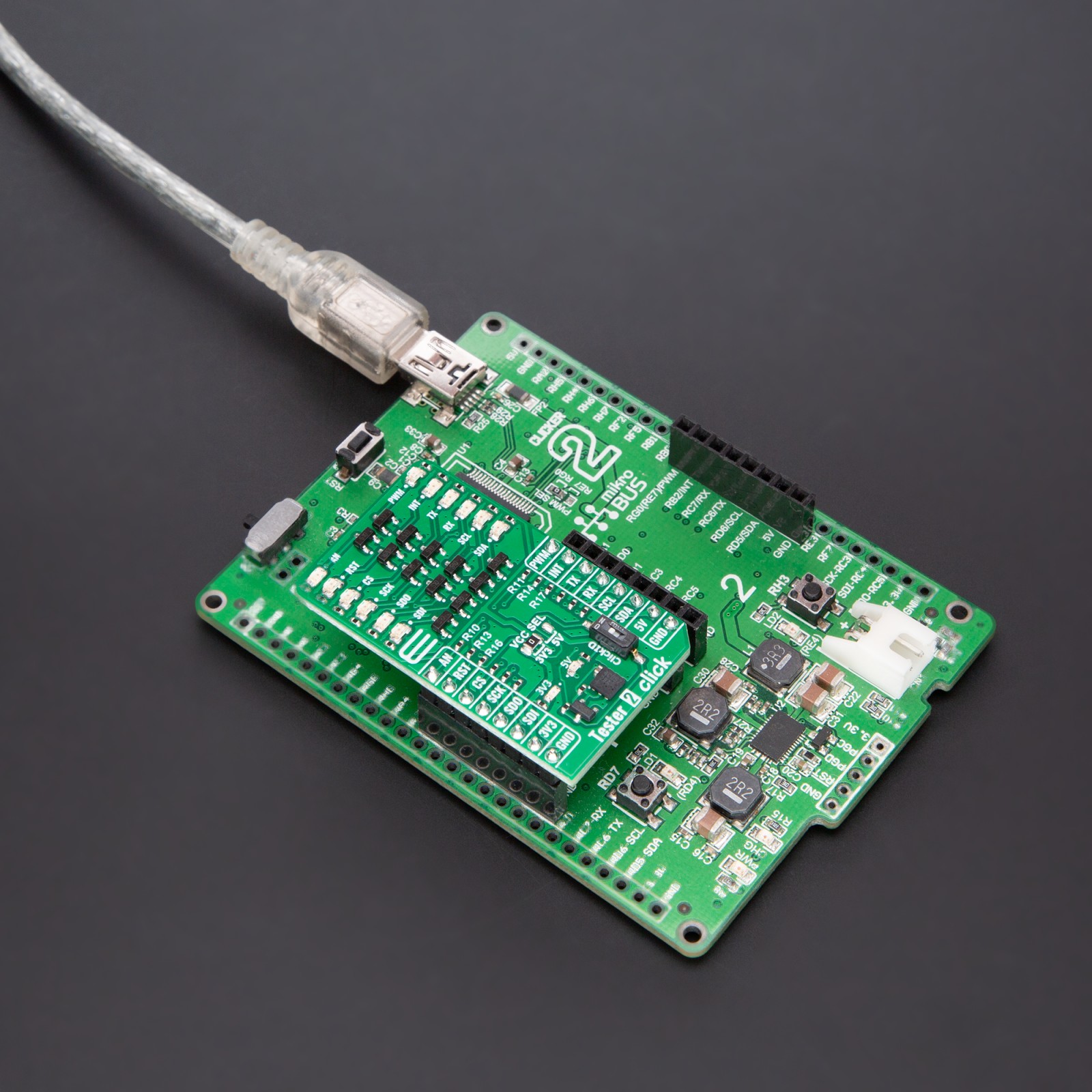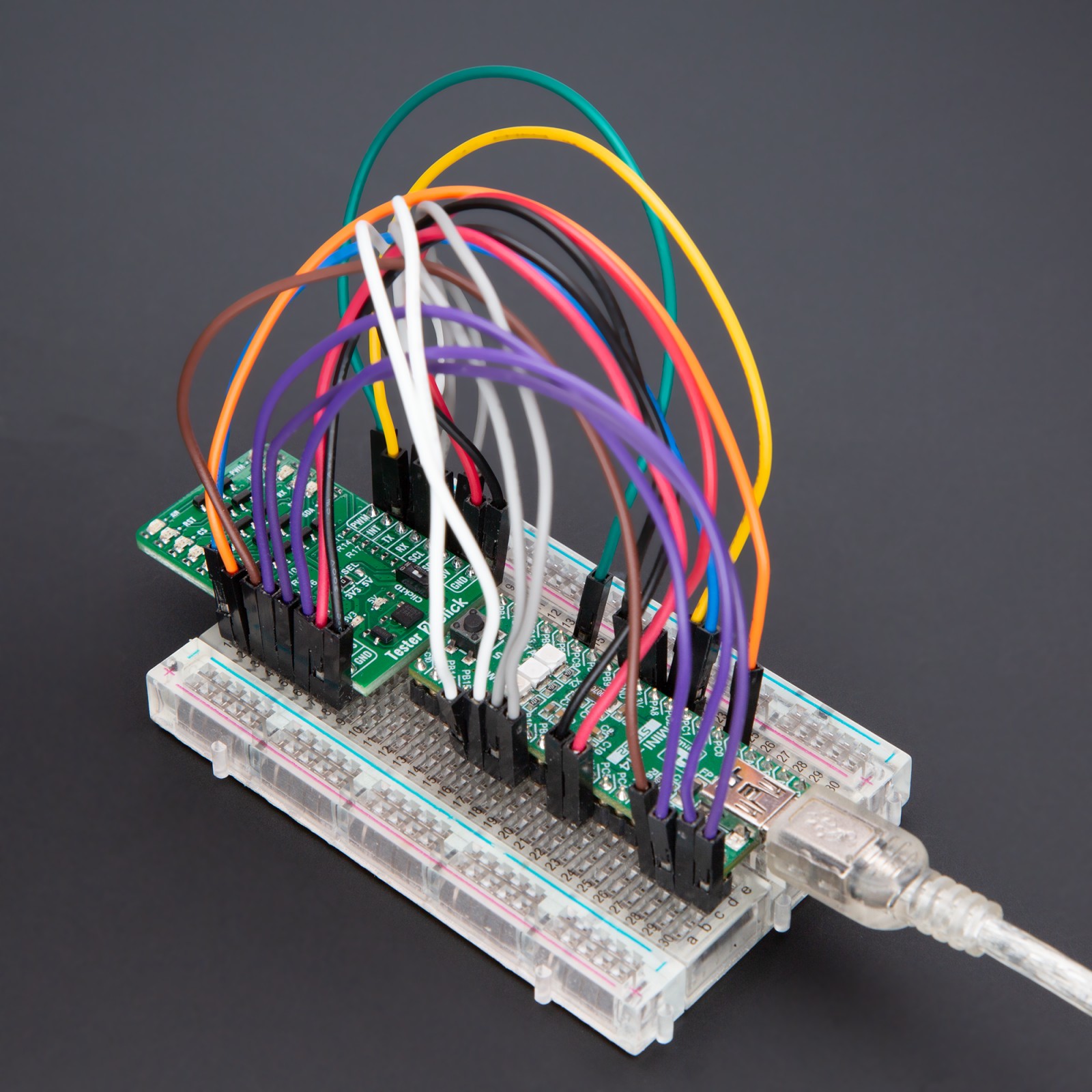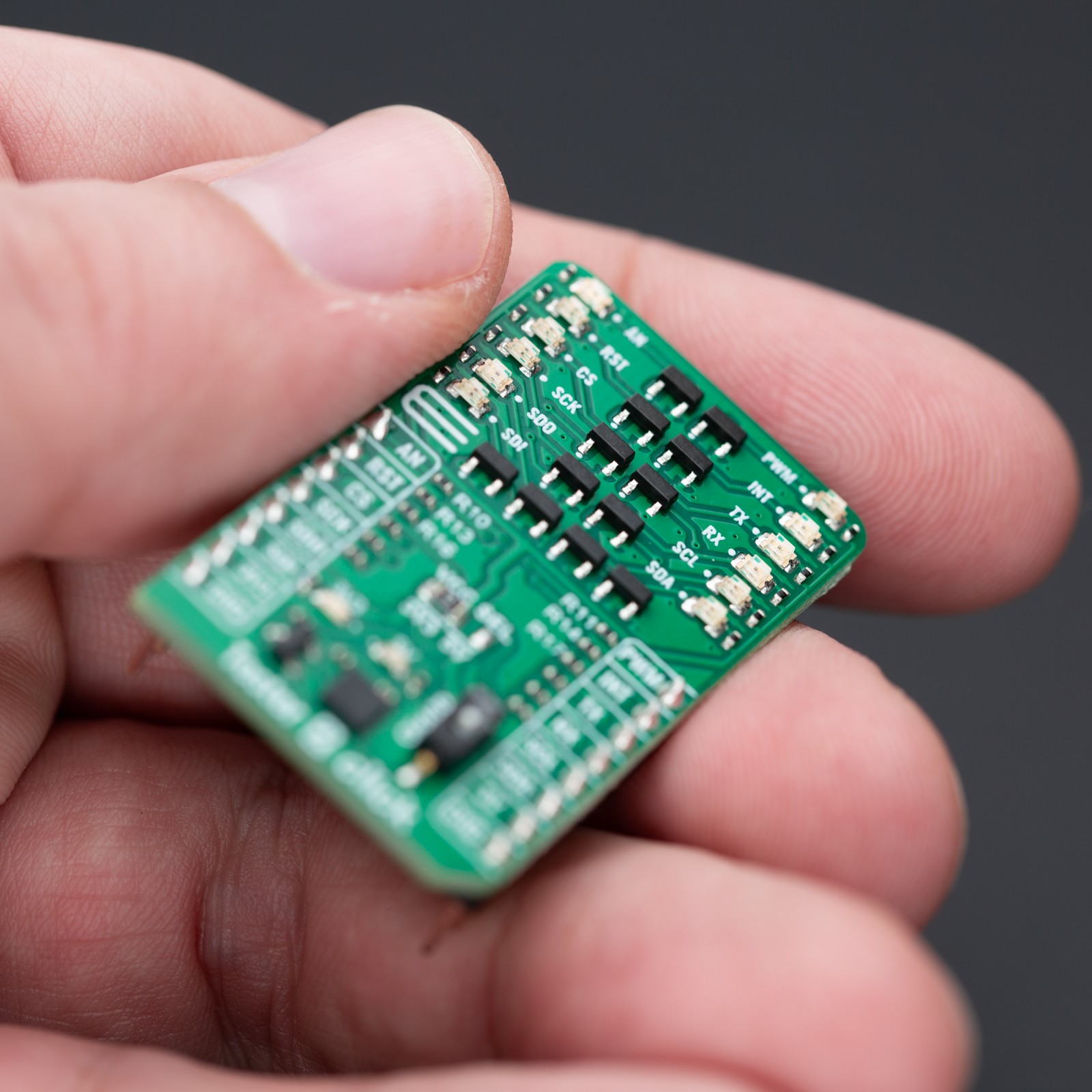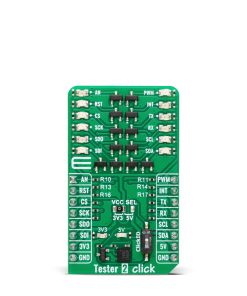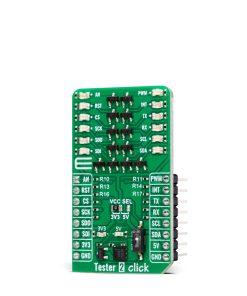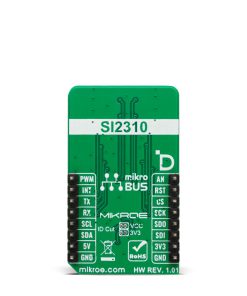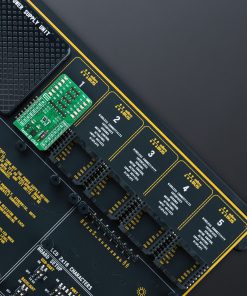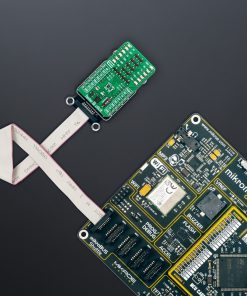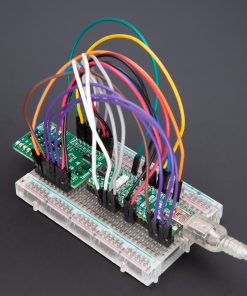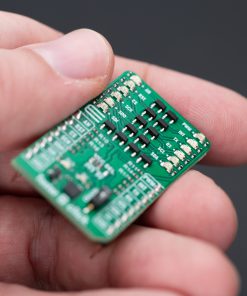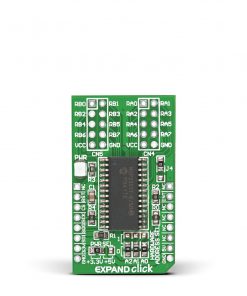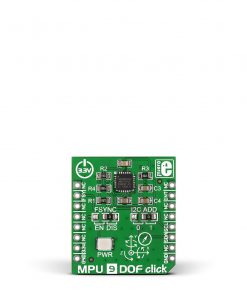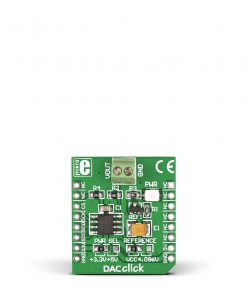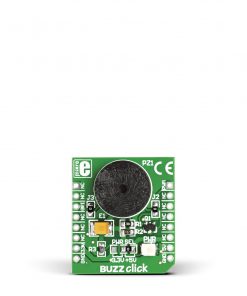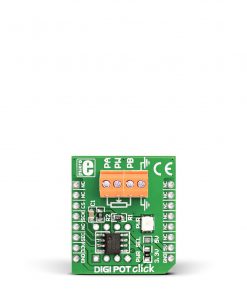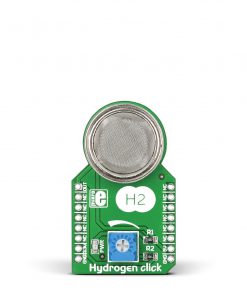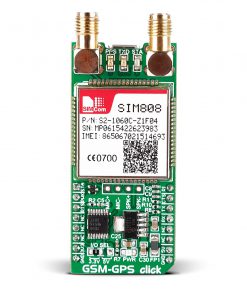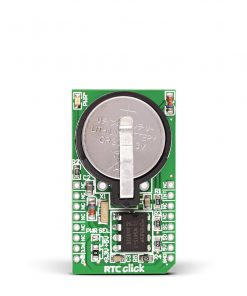Tester 2 Click
R225.00 ex. VAT
Tester 2 Click is a diagnostic Click board™ designed for real-time visual monitoring of mikroBUS™ pin logic levels. It features a 2×6 LED array controlled by SI2310 N-channel MOSFETs, providing reliable feedback on pin states and additional LEDs for monitoring the activity of +3.3V and +5V power rails. The board also includes a ClickID switch for using the CS pin as a ClickID signal, and LP CUT traces for low-power operation by disabling LEDs and the ClickID section. Fully compatible with the mikroBUS™ standard, Tester 2 Click is easy to integrate and requires no additional configuration. It is ideal for debugging and troubleshooting embedded systems, saving developers time and effort.
Tester 2 Click is fully compatible with the mikroBUS™ socket and can be used on any host system supporting the mikroBUS™ standard. It comes with the mikroSDK open-source libraries, offering unparalleled flexibility for evaluation and customization. What sets this Click board™ apart is the groundbreaking ClickID feature, enabling your host system to seamlessly and automatically detect and identify this add-on board.
Stock: Lead-time applicable.
| 5+ | R213.75 |
| 10+ | R202.50 |
| 15+ | R191.25 |
| 20+ | R184.05 |

